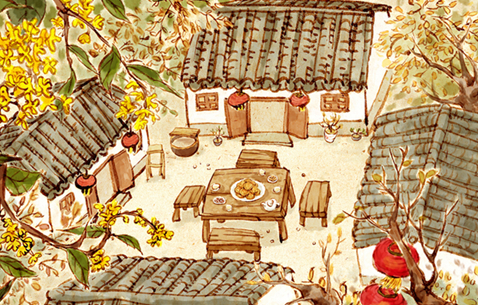外媒如何评价中国五年发展成就
|
Poverty relief An ambitious poverty reduction campaign is seeking to change this, ensuring by 2020 that no one is living in poverty - defined by the government as less than 2,300 yuan ($349) a year. China has lifted hundreds of millions of its citizens out of poverty over the past few decades, but doing the same for groups like the Yi poses a different set of challenges. From road building to subsidies, the central government has spent large amounts of money on poverty relief in places like Liangshan. -- Reuters: "China's ethnic Yi struggle against poverty" (Aug 10, 2017) China has been a hero of the world’s poverty-reduction efforts. It has eradicated poverty in cities and reduced the number of rural people below the official poverty line of 2,300 yuan a year from 775m in 1980 to 43m in 2016. Its aim now is to have no one under the line by 2020. The system that Minning pioneered is now spreading throughout China. It focuses on poor individuals, and on drawing up specific plans for each, rather than merely helping poor places to develop in the hope that wealth will trickle down to the poorest. Other countries are trying this, too, but China is one of the few developing nations to do it well. -- The Economist: "China’s New Approach to Beating Poverty" (April 29, 2017 )
According to the UNESCO Institute for Statistics, the US and UK host around 40,000 African students a year. China surpassed this number in 2014, making it the second most popular destination for African students studying abroad, after France which hosts just over 95,000 students. African students in France overwhelmingly come from francophone West Africa. If Tsinghua's profile holds true for the larger African student body in China, it means China is an increasingly important player in the education of countries outside of West Africa. -- cnn: "Why African students are ditching the US for China" (June 29, 2017)
China has built vast solar and wind farms, helping fuel the growth of major industries that sell their products around the world. More than 2.5 million people work in the solar power sector alone in China, compared with 260,000 people in the US, according to the most recent annual report from the International Renewable Energy Agency. While President Trump promises to put American coal miners back to work, China is moving in the opposite direction. To help reach the 2030 goal, China is betting big on renewable energy. It pledged in January to invest 2.5 trillion yuan ($367 billion) in renewable power generation -- solar, wind, hydro and nuclear -- by 2020. --cnn: "China is crushing the US in renewable energy" (July 18, 2017) Chinese authorities will roll out a new pollution alert system for regions ranging from the cleanest "green non-alert zones" to the most severe "red" zones, where the environment and natural resources are severely strained. --Reuters: "China to halt new projects in pollution 'Red Zones'" (Sept 20, 2017)
Restructuring State-owned enterprises (SOEs) will separate government administration from management of day-to-day business operations, one step toward greater efficiency. The Party's leadership will help protect employees' legal rights and ensure the stability of corporate reforms, the cabinet said. --Reuters: "China's state firms to shed old corporate governance structures by end-2017" (July 26, 2017) With the new-generation high-speed bullet train Fuxing (meaning rejuvenation) put into service for key cities last month, travelling time from Tianjin Railway Station to Beijing South Station will be cut from 30 minutes to under 25 minutes. Fully designed and manufactured in China, the Fuxing trains, which can hit a top speed of 400 km/h, will run at 350 km/h from Thursday - faster than Japan's famous Shinkansen trains at 300 km/h, and France's TGV (Train à Grande Vitesse), the world's fastest so far with operating speeds of 320 km/h. -- The Straits Times: "China's rail ambitions run at full speed" (Sept 19, 2017) The countries of Europe and Asia are increasingly integrating together economically, logistically and politically via China's Belt and Road Initiative (BRI) and the various other endeavors of the broader New Silk Road, opening the gateway for a paradigm-shifting renaissance of technological innovation across the region. Trans-Eurasian transportation networks are being unified and streamlined, IT infrastructures are being upgraded and fused together, energy capacity is being boosted manyfold, and new types of problems are creating the opportunity for new types of technological solutions. -- Forbes: "How China's Belt And Road Sparked A Renaissance Of Transportation Innovation" (Sept 13, 2017)
Ramaphosa says South Africa will need to deal with corruption decisively or people will be confined to poverty for generations to come. -- Eyewitness News: "Ramaphosa praises China for anti-corruption lessons" (Sept 8, 2017) |









